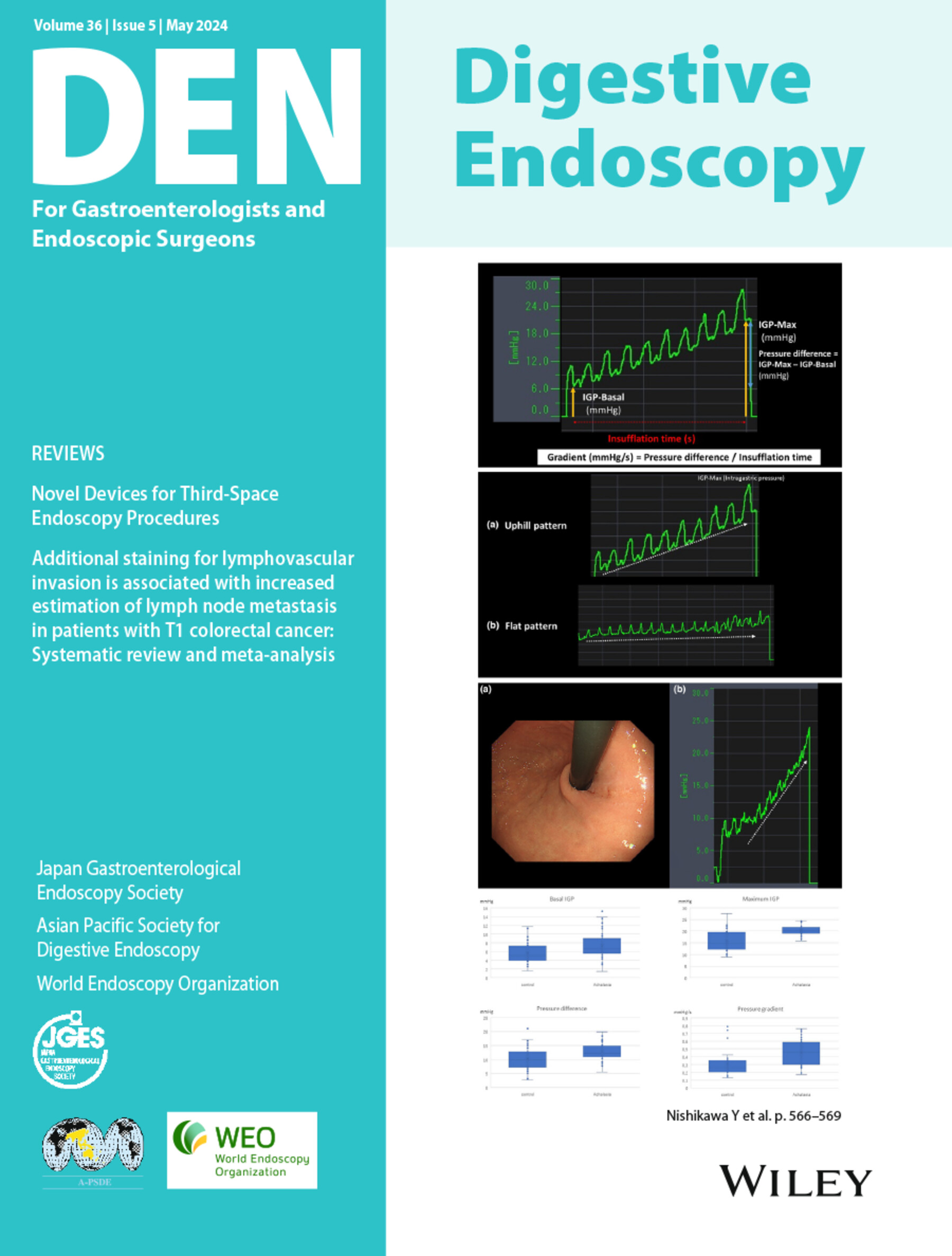Effect of remimazolam on oxygen reserve compared with propofol during upper gastrointestinal endoscopy: Randomized controlled study
Abstract
Objectives
Propofol is commonly used for endoscopic sedation. However, it can induce adverse hemodynamic effects. Remimazolam is known to have a fast onset and short duration comparable to that of propofol, but with fewer effects on hemodynamics. We assessed the Oxygen Reserve Index to verify whether a sedative dose of remimazolam would better preserve oxygenation in the mild hyperoxic range than propofol in sedated patients undergoing diagnostic upper gastrointestinal endoscopy.
Methods
Patients scheduled for diagnostic upper gastrointestinal endoscopy were enrolled. Patients were randomly assigned to either the remimazolam or propofol groups and received 0.1 mg/kg remimazolam or 0.5 mg/kg propofol, respectively. Bolus injections of either 0.05 mg/kg remimazolam or 0.25 mg/kg propofol were added if required. The primary outcome was the prevalence of oxygen reserve depletion, defined as the Oxygen Reserve Index decreasing to 0.00, and hypoxia defined as peripheral oxygen saturation falling to <94%.
Results
Among 69 patients, the incidence of oxygen reserve depletion was significantly higher in the propofol group (65.7% vs. 38.2%, P = 0.022). Hypoxia was frequently observed in the propofol group, whereas none was observed in the remimazolam group (11.4% vs. 0%, P = 0.042). Additional sedative injections were frequently required to complete endoscopy in the propofol group. None of the patients in the remimazolam group required airway interventions. Nausea was frequent in the propofol group in the recovery room.
Conclusion
Our results indicate that remimazolam is a safe and useful sedative for upper gastrointestinal endoscopy.


 求助内容:
求助内容: 应助结果提醒方式:
应助结果提醒方式:


